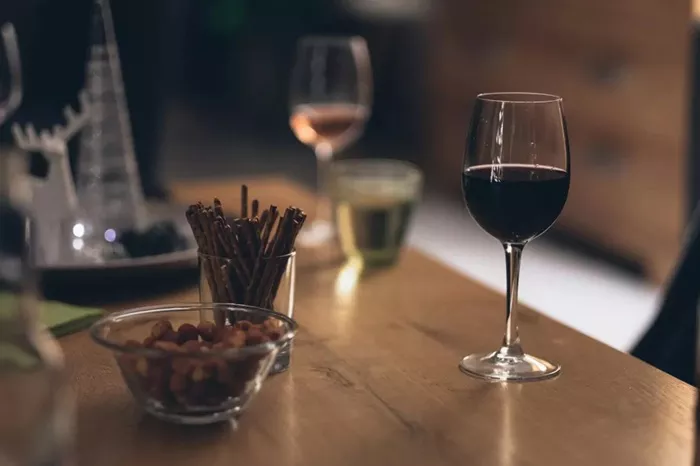YINCHUAN, CHINA — The Fifth China (Ningxia) International Wine Culture and Tourism Expo in Yinchuan, the capital of northwest China’s Ningxia Hui Autonomous Region, is showcasing a unique culinary innovation that blends two of the region’s prized products: tender mutton and local red wine. Visitors at the expo’s exhibition hall have been drawn by the enticing aroma of a copper hot pot simmering with mutton cooked in a red wine-infused broth.
The hot pot, prepared with spring water and nourishing ingredients to eliminate any strong odors, offers a flavorful dining experience, according to Tian Feng, manager of the restaurant behind the booth. The dish’s popularity has led to full bookings at the restaurant during weekends.
The expo reflects a broader transformation in China’s wine consumption patterns. Once confined to formal banquets and specialized tastings, wine is increasingly embraced in diverse social settings and product forms, contributing to what industry insiders call a “tipsy economy.”
Ningxia, renowned for its ideal grape-growing terroir—characterized by abundant sunshine and a cool, dry climate—has emerged as China’s largest wine-producing region after four decades of development. The eastern foot of Helan Mountain is hailed as a premier zone for cultivating high-quality grapes and producing premium wines.
By the end of 2024, Ningxia had over 600,000 mu (approximately 40,000 hectares) of vineyards, producing around 140 million bottles annually, with exports reaching more than 40 countries and regions.
At the expo, the Ningxia State Farm Winery has attracted attention with its brightly colored canned wines, praised for their convenience and suitability for outdoor activities like camping and picnics. Li Shuang, the winery’s sales manager, highlighted the company’s expanding portfolio, which includes innovative offerings such as creamy jasmine wine, lemon oolong tea wine, black coffee wine, and alcohol-free varieties—products that accounted for 20 percent of sales growth in 2024.
Local visitors like Lu Ting, a tourism professional and sommelier, underscore the cultural appeal of pairing wines with regional cuisine. “Chardonnay with meat skewers, reds with hot pot—it’s about sharing joy,” said Lu, reflecting the social dimension of Ningxia’s wine culture.
The four-day event, running until June 13, includes a world wine tasting, winery exhibitions, an innovation competition, and an art biennial, illustrating Ningxia’s dynamic approach to integrating wine, culture, and tourism.
Complementing the expo, a recent Yinchuan marathon featured 43 local wineries offering free vineyard tours, tastings, and purchase discounts to 28,000 runners, a strategy that has significantly boosted local hotel bookings.
“We’re transforming the entire city into a living wine museum,” said Li Bingjie, director of Yinchuan’s Wine Industry Development Service Center. “Visitors can fully immerse themselves in the journey from grape to glass.”
Yvette van der Merwe, president of the International Organisation of Vine and Wine, praised Ningxia’s progress at the expo’s opening ceremony, noting China’s growing importance as a wine consumer and grape producer. She expressed confidence that the development of the Helan Mountain’s east foothill region would inspire new opportunities within the global wine community.
This evolving synergy between viticulture, gastronomy, and tourism positions Ningxia as a rising star in the international wine arena, fueling both economic growth and cultural exchange.
You Might Be Interested In:


